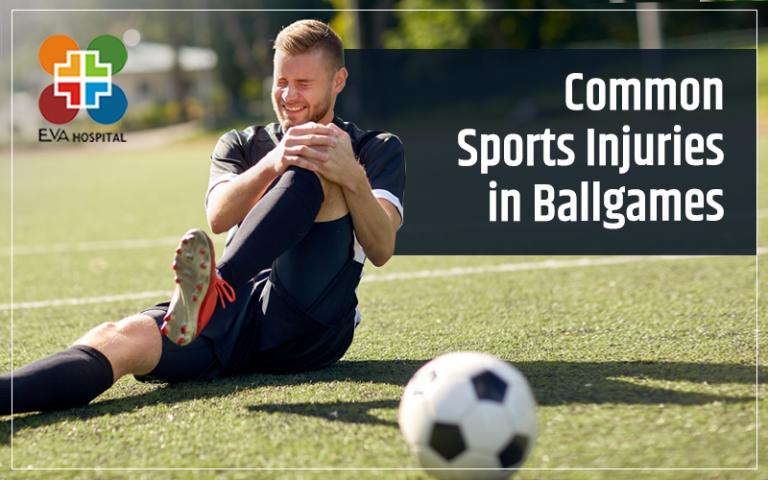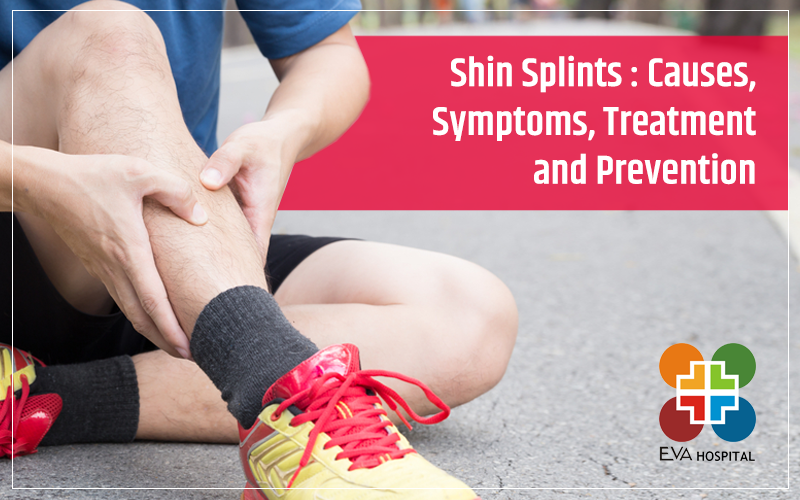
Runner’s Knee: Causes, Symptoms, Treatment and Prevention
Runner’s Knee is a broad term describing a medical condition that causes a dull pain, typically, around the front of your knees. Pain may also be felt towards the outer part of the knee, depending on the specific cause of this condition.
These conditions can be anterior knee pain syndrome, patellofemoral malalignment, chondromalacia patella, and iliotibial band syndrome. Even though this ailment is typical among professional runners and one of the most common running-related injuries, a Runner’s Knee can affect anyone who engages in physical activities and sports.
Causes: Factor that could lead to a Runner’s Knee
The name is self-explanatory — in most cases, running is the cause of this condition. However, a Runner’s Knee can also be developed among non-runners, who engage in physical activities like cycling, walking, skiing, and football playing.
Apart from that, this condition could be a result of a variety of factors, including:
- Knee overuse
- Irritation of the soft tissues of the knee
- Lining of the knee
- Worn or torn cartilage
- Strained tendons
- Knee injury
- Sudden trauma to the knee
- Excessive training
- Week thigh muscles
- Poor foot support
- Tight hamstrings
- Tight Achilles tendons
- Certain structural defects
- Misalignment of the kneecap
- Plica syndrome
- Synovial plica syndrome
Who is at higher risk of developing a runner’s knee?
According to Harvard Medical School, runner’s knee is more common among women when compared to men, all other factors being equal. They are in fact twice as likely as men to develop a runner’s knee because a woman’s wider pelvis increases the angle at which the bones in the knee joint meet. Among women, those in the middle age are more susceptible to developing this condition. Those struggling with being overweight are also more likely to get a runner’s knee than people with no weight issues.
Runner’s knee: Key symptoms
A runner’s knee would manifest itself in various forms, primarily in the form of pain in the frontal part of the knee. Pain in the knee would occurring during specific activities, including pain during walking, climbing or descending stairs, squatting, kneeling, running, sitting down or standing up, sitting for a long time with the knee bent
Other symptoms of the Runner’s Knee include:
- Swelling
- Grinding sound
- Clicking sound
Runner’s knee: Diagnosis
Your doctor will conduct a thorough physical examination to determine if you are suffering from a runner’s knee. However, he may also prescribe a blood test, X-rays, an MRI scan or a CT scan to diagnose a runner’s knee.
Runner’s knee: Remedies
In most cases, a Runner’s knee can be treated by applying the following remedies:
- Cold packs
- Elevating the leg
- Compression knee wrap
- Stretching exercises
- Strengthening exercises
- Arch support in shoes
Additionally, your doctor might also prescribe an over-the-counter nonsteroidal anti-inflammatory medication (NSAIDs) such as aspirin, ibuprofen and naproxen to deal with the pain. However, surgery may be recommended if your cartilage is damaged or if your kneecap needs to be realigned.
Runner’s knee: Preventive measures
In order to keep your knee safe against a Runner’s Knee condition, the following safety measures could be effective:
- Stretching before running
- Running leaning forward with your knees bent
- Wearing good running shoes
- Maintaining a healthy weight
- Increasing physical activities gradually









